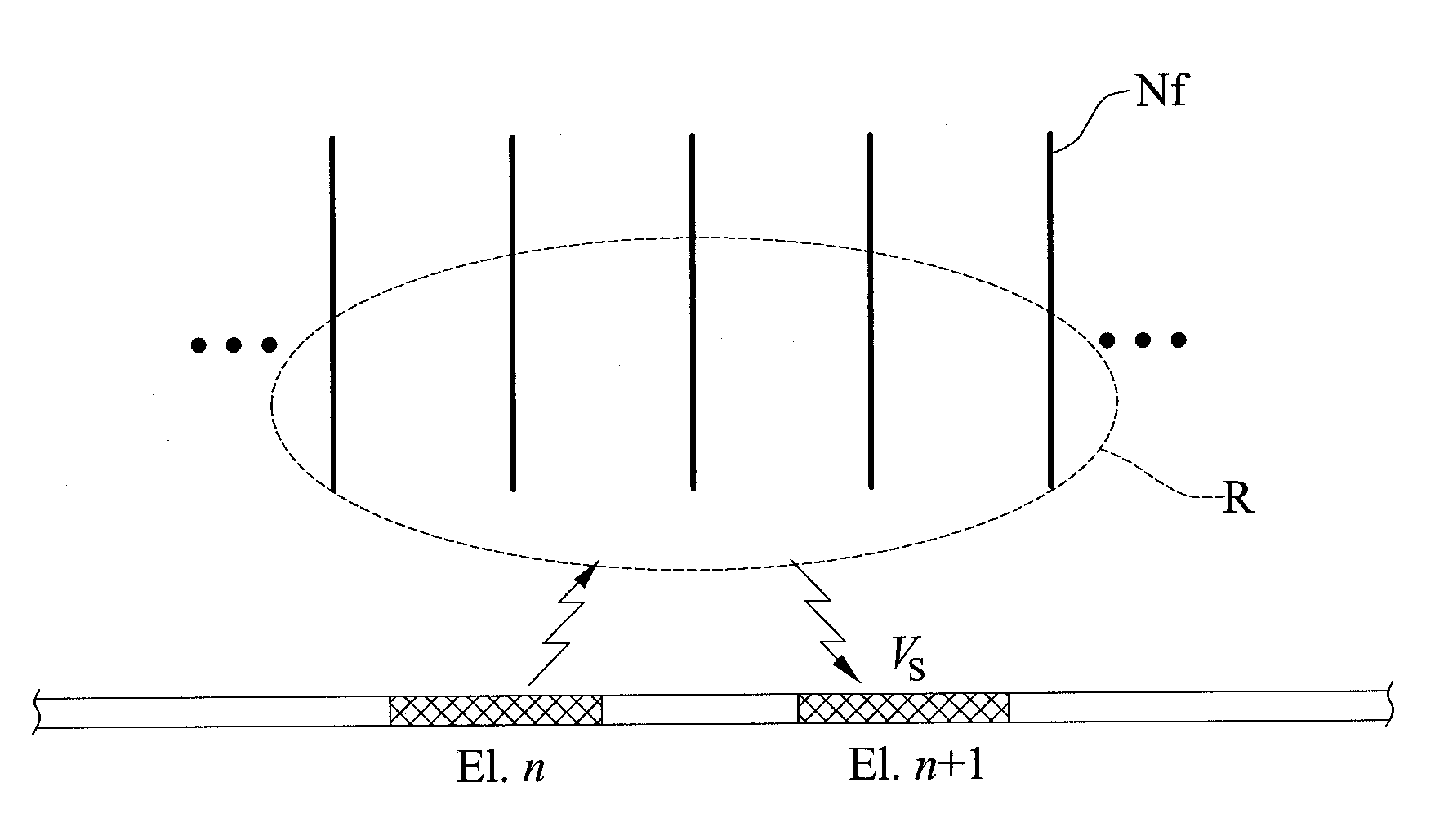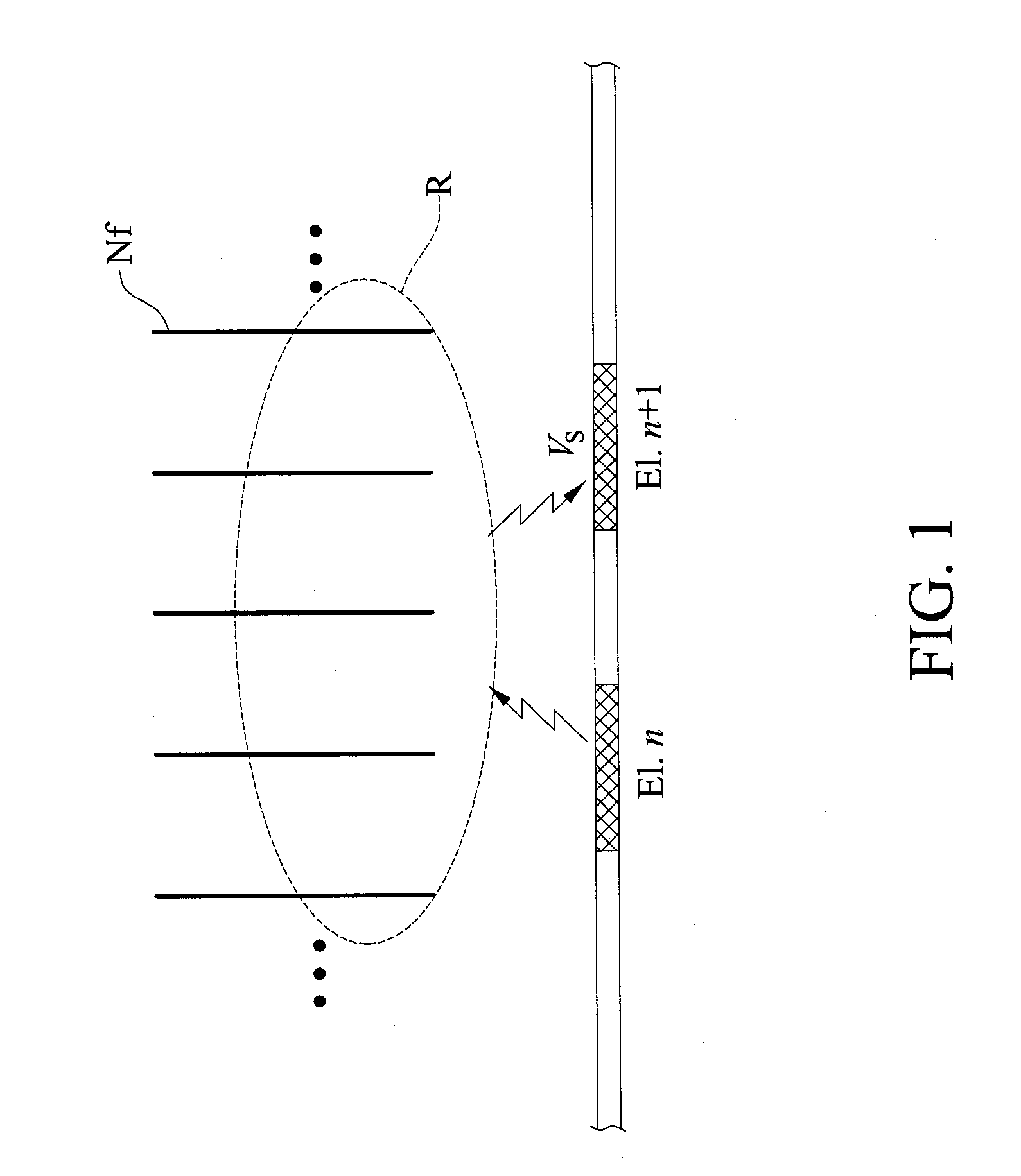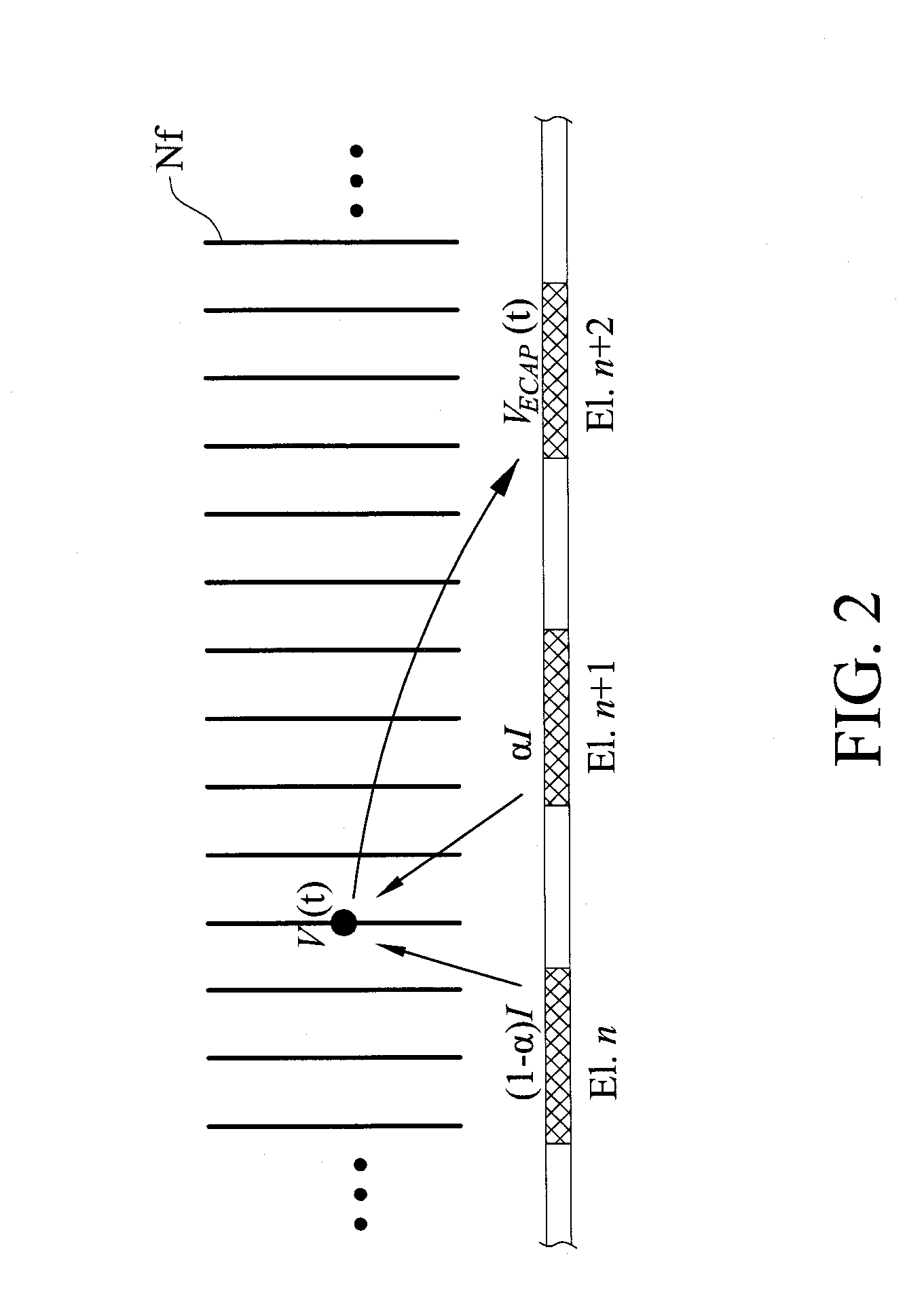Method for analyzing nerve fiber distribution and measuring normalized evoked compound action electric potential
a technology of electric potential and nerve fiber, applied in the field of nerve fiber distribution analysis, can solve the problems of not being able to rapidly and precisely determine which nerve fiber group is being activated, and not being able to use the ecap technique alone to estimate neural survival, etc., to achieve rapid and precise measurement and analysis.
- Summary
- Abstract
- Description
- Claims
- Application Information
AI Technical Summary
Benefits of technology
Problems solved by technology
Method used
Image
Examples
Embodiment Construction
[0031]The present invention is described by the following specific embodiments. Those with ordinary skills in the arts can readily understand the other advantages and functions of the present invention after reading the disclosure of this specification. The present invention can also be implemented with different embodiments. Various details described in this specification can be modified based on different viewpoints and applications without departing from the scope of the present invention.
[0032]The present invention provides a method for analyzing nerve fibers distribution and a method for measuring a normalized evoked compound action electric potential (ECAP). The method of analyzing nerve fibers distribution is shown in FIGS. 2-8. Moreover, the method for measuring a normalized ECAP is shown in FIGS. 9-11.
[0033]According to the present invention, referring to FIGS. 2 and 3, the electric current steering technique is used in the method for analyzing nerve fibers distribution. Mu...
PUM
 Login to View More
Login to View More Abstract
Description
Claims
Application Information
 Login to View More
Login to View More - R&D
- Intellectual Property
- Life Sciences
- Materials
- Tech Scout
- Unparalleled Data Quality
- Higher Quality Content
- 60% Fewer Hallucinations
Browse by: Latest US Patents, China's latest patents, Technical Efficacy Thesaurus, Application Domain, Technology Topic, Popular Technical Reports.
© 2025 PatSnap. All rights reserved.Legal|Privacy policy|Modern Slavery Act Transparency Statement|Sitemap|About US| Contact US: help@patsnap.com



